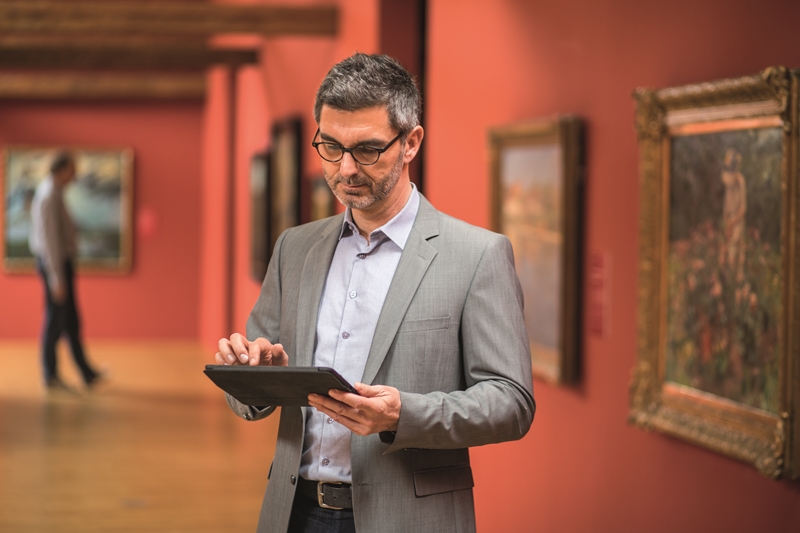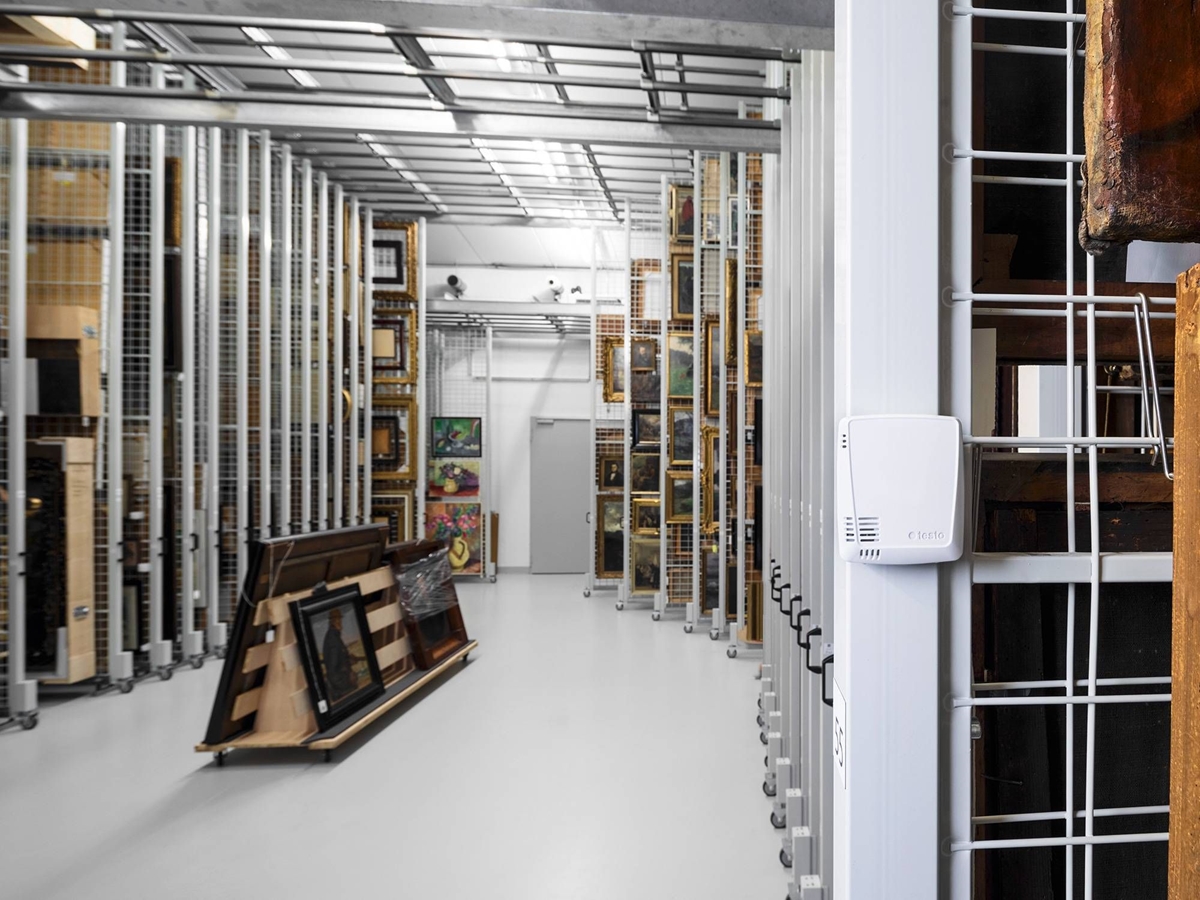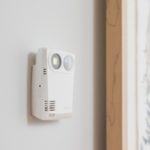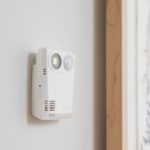Displaying priceless cultural artefacts in Australia's museums, galleries and creative institutions is no simple matter. There is a range of environmental factors, including light levels, humidity and temperature, which can affect the quality of artistic works. Monitoring climatic conditions is therefore essential to ensuring the long-term lifespan of displayed items.
These same elements have an even greater effect on conservation efforts. Many of the most significant cultural artefacts aren't suitable for ongoing public display, such is their sensitivity to environmental factors. Conservationists work tirelessly to monitor storage conditions to help reduce the risk of degradation or destruction – but can only do so with leading instruments.

Monitoring crucial data for safer displays
The primary risk to cultural works, such as art or historical objects on display, is the constant flux in environmental conditions. A number of factors can affect light, humidity and temperature levels in an exhibition, including the:
- Size and layout of the display space.
- Number of people in attendance.
- Ventilation system used.
Further, factors such as location within the display room and the type of display (with glass casing or without) also affect how cultural artefacts react to environmental conditions. This makes analysing and controlling these factors vital to preserving displayed items.
Testo's range of 160 loggers includes instruments optimised for recording light, humidity and temperature data, or more comprehensive solutions able to analyse these parameters and more (including carbon dioxide concentration). The instrument has small dimensions and a sleek design to maximise discreteness. The testo 160 logger comes in numerous colours to match the background of your exhibition space, and is simple to install and maintain. It's the ultimate solution for easy environmental monitoring.
Conserving artefacts for future generations
While Australians get to experience the amazing cultural artefacts of our history and people, many don't see the work behind the scenes to protect the long-term integrity of these items. Conservationists nationwide need around-the-clock surveillance of stored artistic works – without this insight, mere minutes in the wrong conditions is all it could take to ruin an artefact.
This level of sensitivity to light, humidity and temperature is particularly acute in stored items due to their fragile condition or the material they are made out of. For example, biodegradable materials such as wood or feathers are prone to rot in high temperatures. Paper can become bleached by excess light, and metal tarnished by high moisture levels. This makes controlling these factors crucial.
Again, the testo 160 range of data loggers is the ideal solution to tracking all of these parameters. Each instrument is equipped with intuitive security features enabling instant alerts to be sent through to designated smart devices once the conditions of a storage space fall outside of ideal conditions. When conservationists are able to address emergency situations such as faulty ventilation or a broken chiller immediately, the degradation risk is lower.
Additionally, all measurement data is logged to give operators a more comprehensive understanding of how conditions change over time. This enables smarter choices about storage options and long-term conservation efforts for any given item.
Testo's 160 data logger
The testo 160 logger is a total monitoring solution for all data recording and security alert features. Assessing every environmental factor, Testo's 160 logger tracks changes against ideal parameters for security that all artistic works are in the right conditions. From display to conservation to storage – a total solution for peace of mind that our most culturally significant artefacts are in safe hands for the future. Contact Testo Australia today for more information.









 Reduce cooking oil costs while ensuring quality
Reduce cooking oil costs while ensuring quality Expert knowledge on CO2 monitoring
Expert knowledge on CO2 monitoring Refrigeration knowledge - in 3 modules
Refrigeration knowledge - in 3 modules



